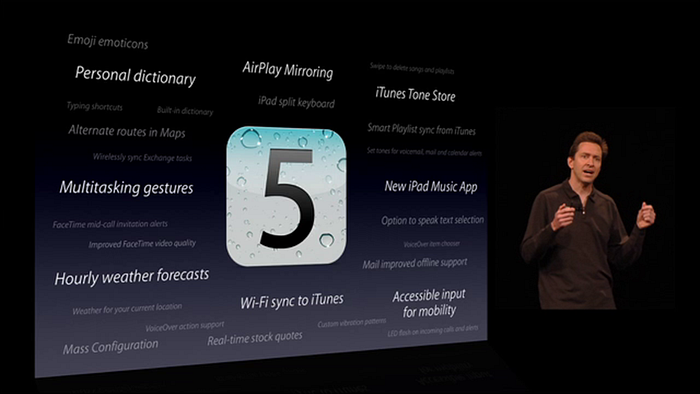
Which Features To Build Next?
Socrates, Microsoft Word and knowing what your product’s true function is.
Your product hits it off in the market and soon enough you are flooded with feature requests from your users. You know that you have to keep improving your product to stay ahead of competition. But you can’t please everyone and you can’t build everything. How do you decide what to build next?
It can be tricky. After all, your product may lend itself to a variety of different applications. For example Microsoft Word can be used for keeping a diary as well as for writing essays. A diary entry and an essay may look alike but these are entirely different use cases, however. Pursuing them simultaneously will confuse your users.
To tackle this problem, therefore, it is essential to first clarify what your product’s true function is. In other words: what is the real purpose of your product, the main reason why it exists?
As a fundamental problem in existentialism, it is fitting to consult the philosophers of Ancient Greece to tackle this issue. In particular, Plato’s The Republic can clarify things a bit for us. The Republic’s protagonist, Socrates, has the following exchange with another character in the book, a sophist, Thrasymachus:
Socrates: Would you define the funcion of a horse, or of anything else, as something one can only do, or does best, with the thing in question?
Thrasymachus: I don’t understand (…)
Socrates: Look at it this way (…) Could you cut off a vine-shoot with a carving-knife or a chisel or other tool?
Thrasymachus: You could.
Socrates: But you would do the job best if you used a prunning-knife made for the purpose.
Thrasymachus: True.
Socrates: Shall we then call this its function?
Thrasymachus: Yes, let us.
Socrates: And I think you may see now what I meant by asking if the function of a thing was not that which only it can do or that which it does best.
Socrates illustrates that true function of a product is not what it merely can do, but what it does best. In the case of Microsoft Word the true function is neither keeping diaries or writing essays — it is, in fact, desktop publishing. Of all the things you can do with it, it does that best.

Let’s take Dropbox as an another example. Dropbox users might ask for a document editor on dropbox.com to make changes to documents without having to open an external app.
It is easy to imagine how that could be useful. But it would also dillute Dropbox’s focus — helping you access your files on all your devices, no more, no less. It makes, therefore, more sense to add sync status indicators in the task bar or an archive with deleted files. They improve what Dropbox already does, not just provide extra functionality.
Clarifying your product’s true function helps you get rid of features that fall outside of its scope and shortlist those that make it better at serving its purpose. To be clear: you still have to prioritise within that shortlist. But at a very minimum you will be adding real value to your product and not distracting yourself and your users with useless features.
Whether it’s Microsoft Word, Dropbox or any other product you can apply this technique to manage your feature pipeline. Focus on the essence of your product and how you can improve further upon it — the rest will follow. Sure, your task doesn’t end there. But it gives you a strong foundation to build upon, helping you keep your competition in check and your users happy.
